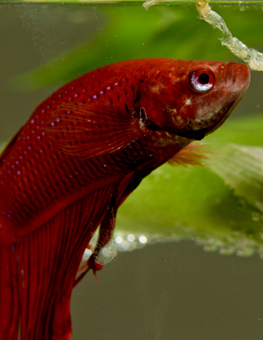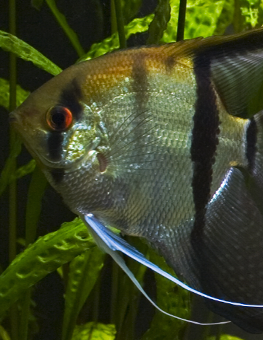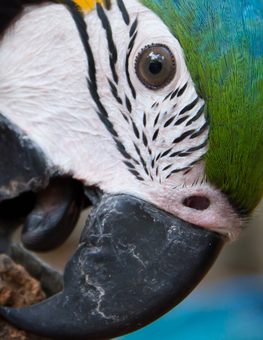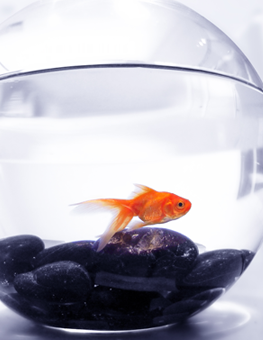Common Fish Ailments
All living things, including your aquarium fish, are subject to disease organisms and parasites.
Under normal circumstances, your healthy fish can fight off many common diseases and parasites. When the environment is not maintained correctly, or stress sets in, your fish can and will get sick. Left unchecked, disease and parasites can affect the entire community. Even other tanks can be infected through the use of nets, your hands, glass-cleaning equipment and fish transfer.
The fish and tank problem list
The most important time to keep an eye out for these ailments is before you even bring your fish home. Inspect the fish you intend to purchase and look for symptoms. Here's an alphabetical listing of the most common issues and diseases that can affect fish and their environments:
- Ammonia poisoning. High levels of ammonia can buildup in your fish tank. This often occurs when a tank is newly set up or when too many new fish are added at the same time. Symptoms include red or purple gills and/or fish gasping for breath at the water surface. The ammonia level can be reduced by a neutralizer and by a 50% water change. To prevent this from occurring, stock your tank slowly, do not overfeed, remove uneaten food, and change water regularly. Test water frequently to catch problems like this early.
- Columnaris. A common bacterial infection, Columnaris presents as mold-like lesions on your fish. Poor water quality and inadequate diet are among the causes. This disease is highly contagious and can spread from fish to fish and tank to tank. Medication is available for treatment. Your tank should undergo a complete cleaning to prevent re-infection.
- Fin Rot. A common bacterial infection which often occurs along with other diseases. Frayed and white fin edges are symptomatic of this disease. Antibiotics and a complete tank cleanout should remedy this situation.
- Ich. White spots or bloody red streaks are typical symptoms of Ich. This skin infection can be fatal to a fish stressed by poor diet or an unclean habitat. Medication must be supplied for 10-14 days to ensure that all of the parasites and carrier cysts are destroyed.
- Nitrite poisoning. Nitrite increases often follow ammonia increases. Brown or tan gills and fish gasping at the water surface are symptoms. The treatment is similar to ammonia poisoning. Be aware that nitrite is more lethal than ammonia so it is crucial that you test tank water constantly until you get the nitrite level to zero.
- Velvet. Velvet is caused by a parasite called Oödinium. Symptoms include the appearance of a velvety film on the skin that resembles gold or rust colored dust. You may even see your fish trying to rub the parasites off. Advanced progression of the disease results in loss of weight and labored breathing. Treatment with Copper Sulfate is recommended. It should be used according to the manufacturer's instructions for a full ten days to ensure that the parasite is completely eradicated.
New fish should be isolated in a separate tank for at least a week before adding them into your main tank. This will give you time to make sure that your fish is healthy before introducing him to his new tank mates.
If you find that the fish in your aquarium are exhibiting signs of illness, do not panic. There are plenty of medicines available to treat most, if not all disease problems. If you do plan on using medicine, isolate the sick fish to avoid spreading the disease. The possibility of sickness is a fact of life for creatures great and small, but with a little vigilance and preparation you can protect your fish against potentially harmful diseases and parasites.











